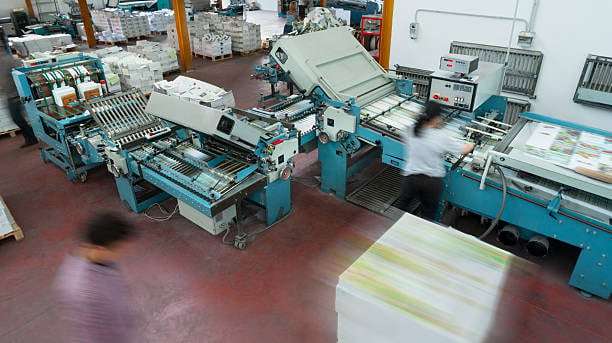Normal CTP plates must be developed, but this requires the creation of discarded developer, which comprises a variety of chemical ingredients, particularly things with high alkalinity that will harm the environment and use up resources. As a result, CTP technology is being developed in a way that will lessen or even completely eliminate environmental contamination. The processless plate is now here.
The plate-making process is one of the most crucial components of the entire printing system and a crucial step in implementing green printing. The most cutting-edge method for creating plates right now is CTP technology, which substantially resolves the issue of silver salt contamination brought on by the usage of the PS version.
Avoiding CTP technology, in its strictest sense, refers to imaging on direct plate-making equipment, plate material without any subsequent computer printing processing, and process that does not produce any kind of liquid or solid waste. In general, CTP technology is expandable, and printing requires some low-chemical or non-chemical treatment processes after exposure imaging.
Low CTP chemical consumption
Although the CTP version of the development process still uses chemicals, the amount of chemicals consumed is incredibly little. Low chemical consumption of the CTP development process, which still involves the use of chemicals but at incredibly low levels. The low chemical consumption CTP version is responsible for the waterless offset CTP, and its four-step development process entails pretreatment, development, shading, and drying. Pretreatment medicines are not taken during the development process; they are only employed in the pretreatment steps.
Then, the CTP doesn't require the silica gel plate coating on the surface, which will be removed by water in the development steps and by a mechanical brush, before falling from the coating material and being immediately filtered out. Additionally, waterless offset printing CTP reduces VOC emissions while also protecting the environment during the printing process because it does not require the use of the conventional wetting edition liquid version.
minimal chemical processing Two categories of development are typically used to categorize CTP. One type of exposure takes place before or after printing is finished, using CTP's basic method, which doesn't employ chemical glue in the water or water-based solution used for image processing before printing. Some manufacturers merely separate the development step, treating it like a separate cleaning unit, due to the requirement for water or water glue solution to develop.
The representative is an Agfa Azura plate, which uses the hot melt principle. The plastic particles are uniformly coated with hydrophilic material on the base version before exposure. After exposure, the independent plastic particles are tightly packed, which causes a thermal crosslinking reaction that results in the formation of a graphic. The alternative is to develop it on the system, in which case it only has to be installed. The non-graphic portion of the plate's surface is dissolved prior to printing by the combined action of water and ink, which is followed by the start of printing.
One type of paper tape was used to dissolve the graphic portions of the material, but other pieces were dispersed throughout the liquid. Thermal Direct and HUIDA film are examples of development technology.

